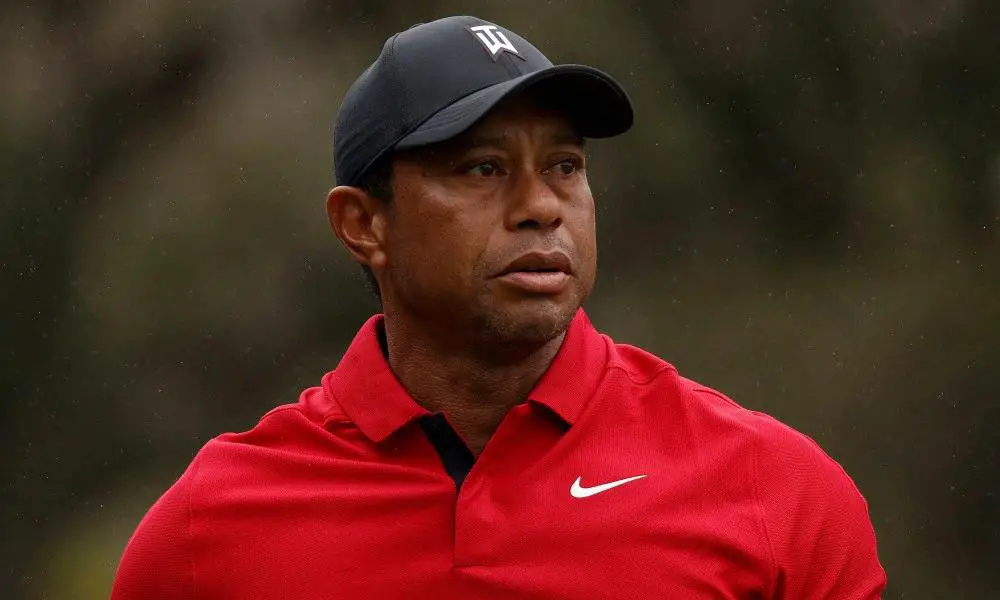For golf enthusiasts and fans of Tiger Woods, the absence of the legendary golfer from the US Open this year has undoubtedly left many puzzled and curious as to why one of the most renowned players in the sport decided to skip such a prestigious event. Delving into the details surrounding Woods’ decision to forego the US Open sheds light on the circumstances and considerations that led to this unexpected development.
First and foremost, it is crucial to note that Tiger Woods’ roots run deep in California, having grown up in Cypress, which lies approximately 30 miles from the location of this year’s national golf championship. This proximity undoubtedly creates a strong emotional connection for Woods, making the US Open a particularly significant event for him.
However, despite the sentimental value attached to the US Open, Tiger Woods faced a significant hurdle in the form of an ankle surgery he underwent in April. The implications of this surgery, coupled with the subsequent recovery process, presented a formidable challenge for Woods, ultimately rendering him unable to compete at the Los Angeles Country Club.
When considering the intricacies of professional sports and the demands placed on athletes at the highest level, the decision to prioritize long-term health and recovery becomes paramount. In the case of Tiger Woods, the ankle surgery represented a crucial step in addressing an underlying issue that required focused attention and rehabilitation.
Furthermore, the intensity of competition at major golf tournaments like the US Open necessitates peak physical condition and optimal performance capabilities. For Woods, whose career has been marked by remarkable achievements and persistent dedication to his craft, acknowledging the limitations posed by his post-surgery recovery was a pragmatic and responsible choice.
It is essential to recognize that Tiger Woods’ decision to skip the US Open reflects a deep commitment to his health and well-being, a testament to his understanding of the significance of balancing competitive aspirations with the imperative of self-care. In a sport as demanding and relentless as professional golf, maintaining a delicate equilibrium between ambition and self-preservation is a challenge that every athlete must navigate.
Moreover, the unpredictable nature of injuries and the ensuing recovery process introduce an element of uncertainty into an athlete’s career trajectory, requiring adaptability and resilience in the face of setbacks. For Tiger Woods, whose career has been punctuated by both triumphs and setbacks, the decision to prioritize recovery and rehabilitation underscores a strategic approach to longevity in a sport characterized by its demands.
As fans and followers of Tiger Woods, it is essential to appreciate the multidimensional considerations that inform an athlete’s decisions regarding participation in major tournaments. While the allure of seeing Woods compete at the US Open is undeniable, the wisdom of prioritizing his long-term health and well-being cannot be understated.
In conclusion, Tiger Woods’ absence from the US Open this year serves as a poignant reminder of the complexities inherent in professional sports and the nuanced decision-making processes that athletes must engage in to sustain their careers over the long term. By understanding the context and motivations behind Woods’ decision, we gain insight into the profound commitment and foresight that characterize his approach to the sport he has dedicated his life to.

